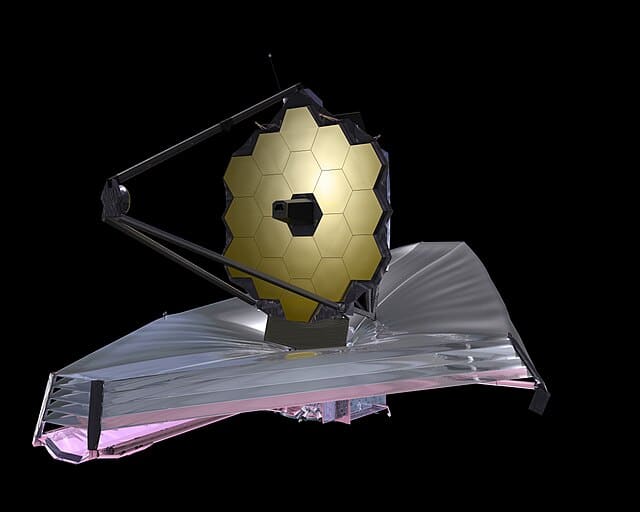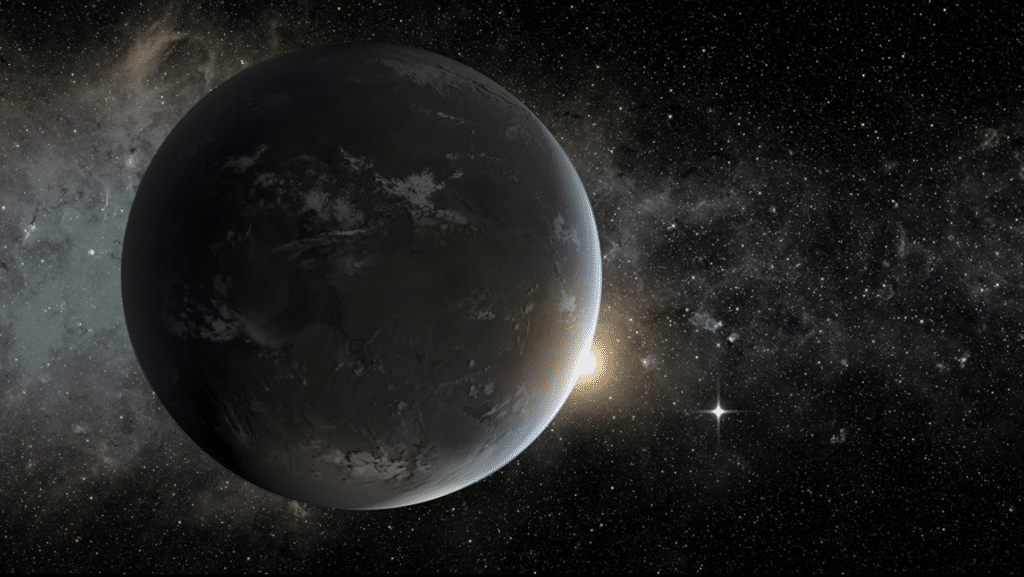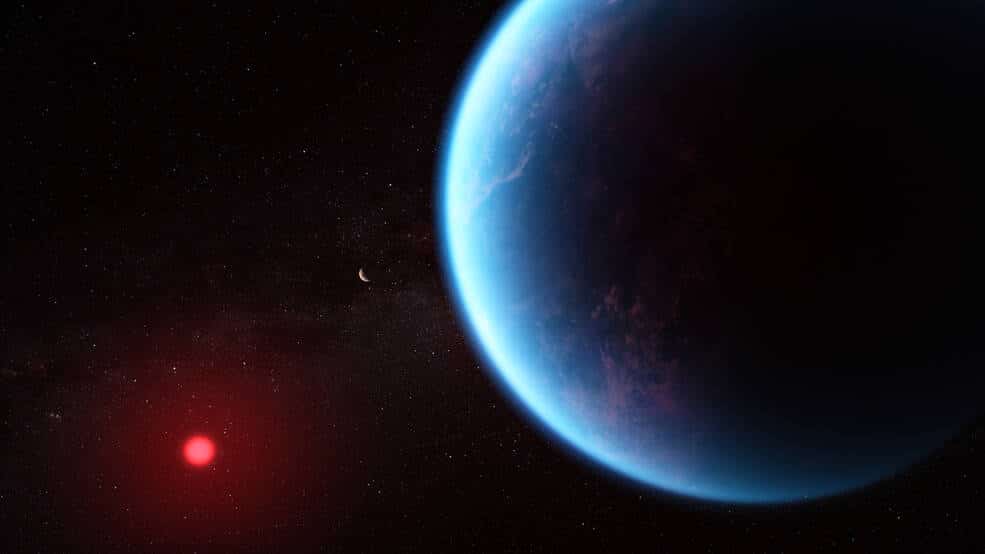Gas found on planet is huge breakthrough in search for alien life
Published on Sep 12, 2023 at 3:36 PM (UTC+4)
by Adam Gray
Last updated on Mar 20, 2024 at 7:20 PM (UTC+4)
Edited by
Kate Bain
Scientists have just made a huge breakthrough in the search for alien life.
A gas “uniquely associated with life” has possibly been discovered on the massive K2-18b exoplanet.
NASA’s James Webb Space Telescope has been probing the planet, which lies in the labelled habitable zone, 120 light-years from Earth.
READ MORE! Japan just set off on its first-ever lunar mission with ‘Moon Sniper’ satellite in historic launch
The K2-18b exoplanet, in the constellation Leo, doesn’t have any other planets nearby and is poorly understood.
However, it’s now been revealed to have carbon-bearing molecules.
These include methane and carbon dioxide, as well as possibly dimethyl sulfide (DMS), which on Earth is only produced by life, according to NASA.
“Even the prospect of it is mind-boggling,” said the studies’ lead author.

The discovery comes off the back of recent studies that suggest K2-18b could possess a hydrogen-rich atmosphere and a water ocean, making it a promising location in the search for alien life.
But, the discovery of DMS pushes the planet to the top of the list.
“Upcoming Webb observations should be able to confirm if DMS is indeed present in the atmosphere of K2-18b at significant levels,” said Nikku Madhusudhan, an astromer at the University of Cambridge and lead author of the paper announcing these results.
“Our ultimate goal is the identification of life on a habitable exoplanet, which would transform our understanding of our place in the universe.
“Our findings are a promising step towards a deeper understanding of Hycean worlds in this quest.”

Just because K2-18b lies in the habitable zone and is now known to barbour carbon-bearing molecules, doesn’t necessarily mean the planet can support life.
For starters, the planet’s large size means that its exterior likely contains a “large mantle of high-pressure ice”.
In other words, it’s similar to Neptune, but with a thinner hydrogen-rich atmosphere and an ocean surface.
“The abundance of methane and carbon dioxide, and shortage of ammonia, support the hypothesis that there may be a water ocean underneath a hydrogen-rich atmosphere in K2-18b,” NASA stated.
DISCOVER SBX CARS: The global premium car auction platform powered by Supercar Blondie

Adam Gray is an experienced freelance motoring journalist and content creator based in the United Kingdom. Using his media accreditation with manufacturers’ press offices, Adam test drives the latest cars and attends new vehicle press launches, producing written reviews and news pieces for a variety of lifestyle and business publications. Here at Supercar Blondie, Adam applies his journalistic skills penning social-first content around current news and trends. When he’s not behind the wheel of the latest car or writing up another viral story, Adam can be found at his local rink playing ice hockey or at the Riverside Stadium supporting his beloved Middlesbrough FC.





